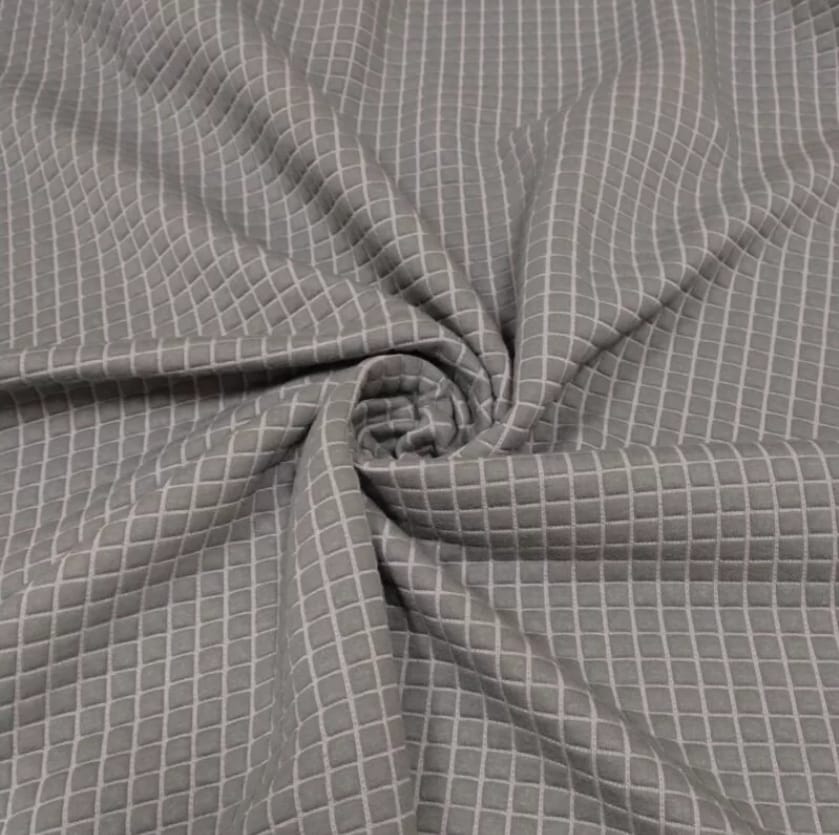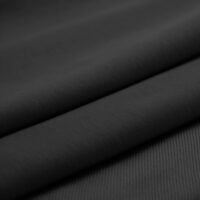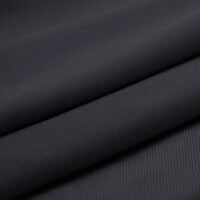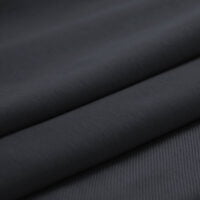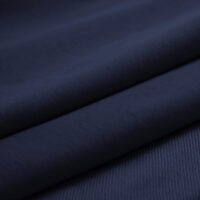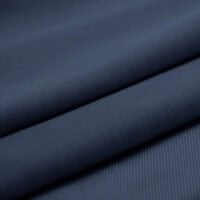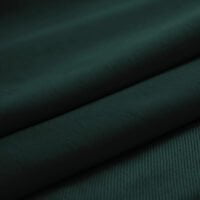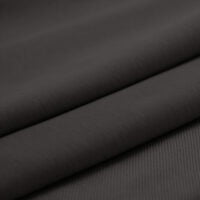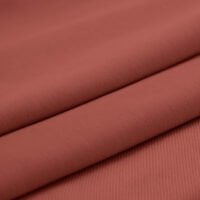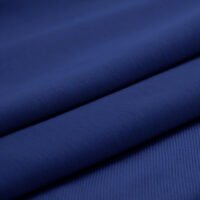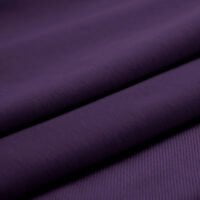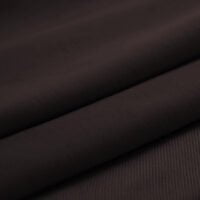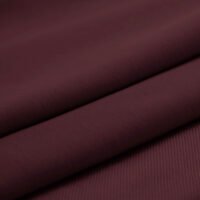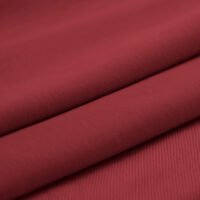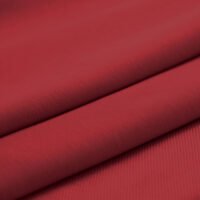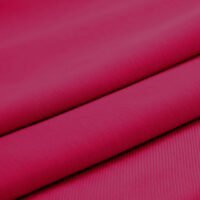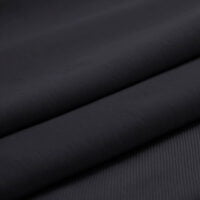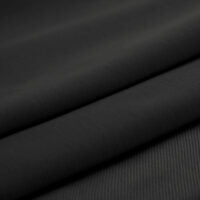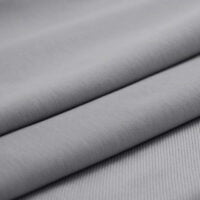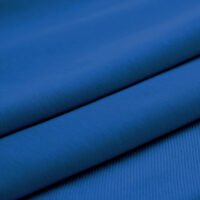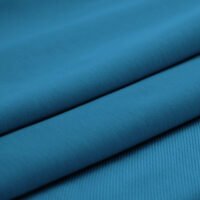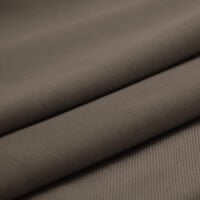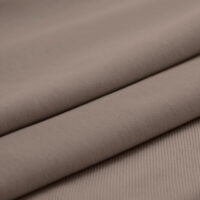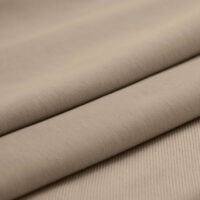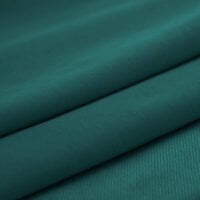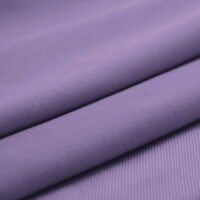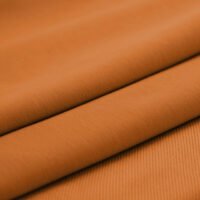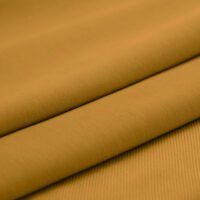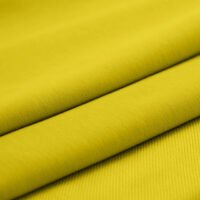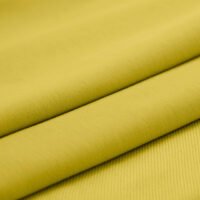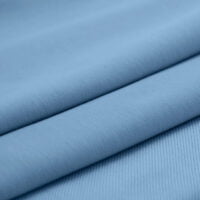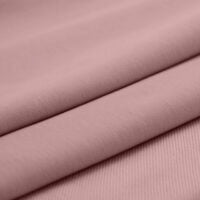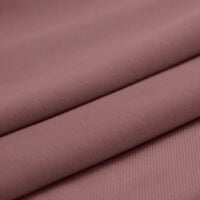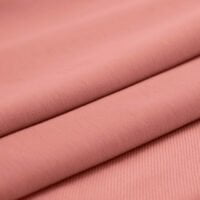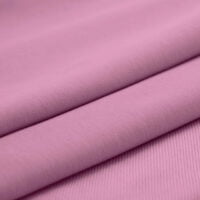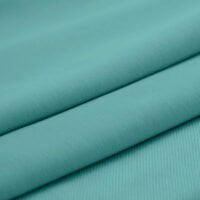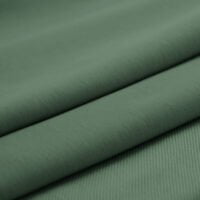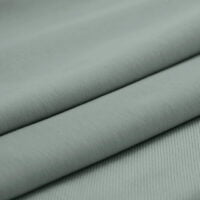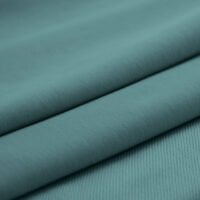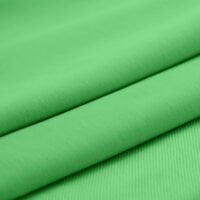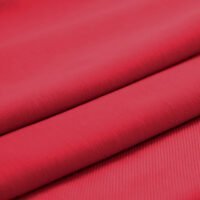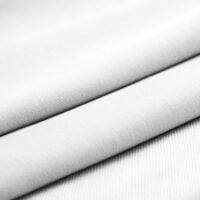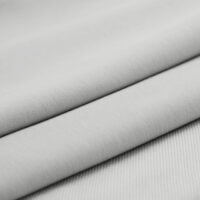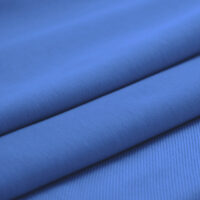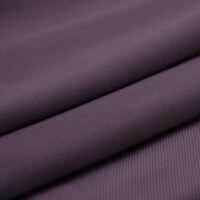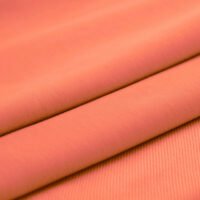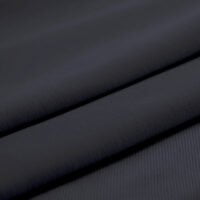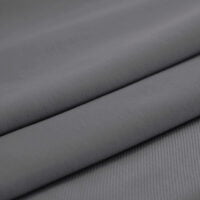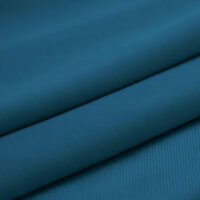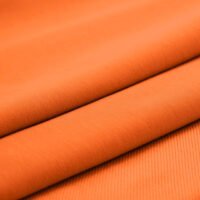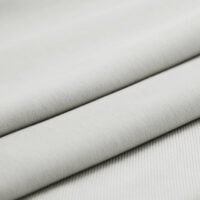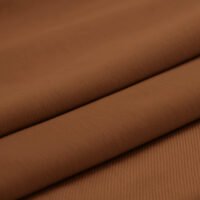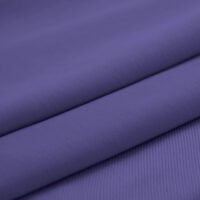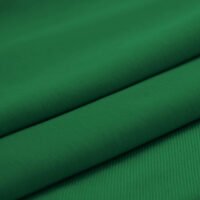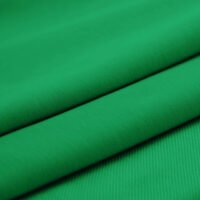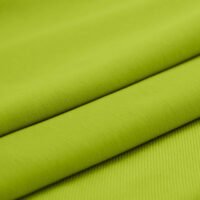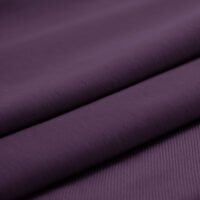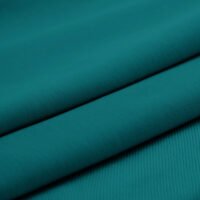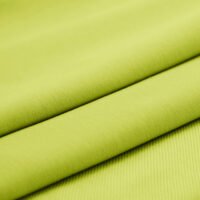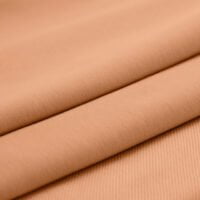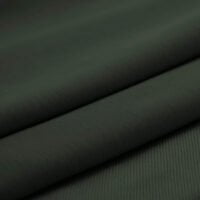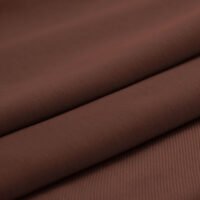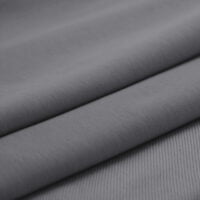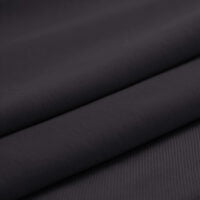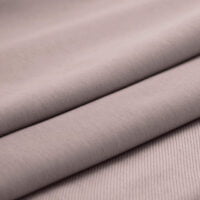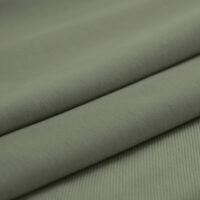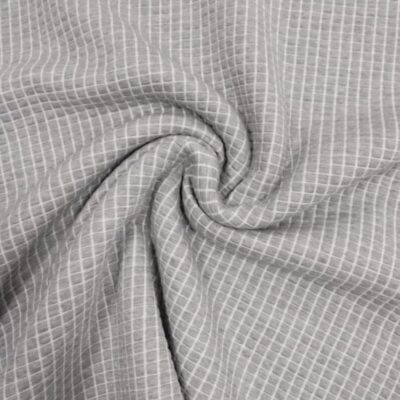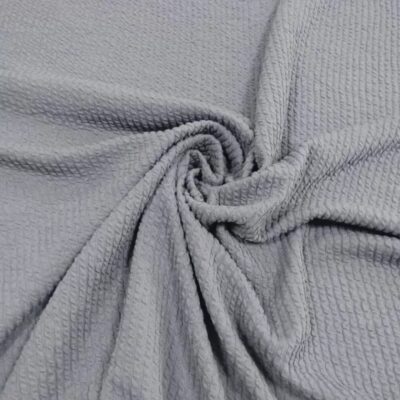| Quality | : | Compact Plus Premium |
| Grammage | : | 350-360 gr |
| Width | : | 160 cm |
| Content | : | %30 pamuk %70 polyester |
| 1kg ~ | : | 2.6 m |
30/30 Fiber Quilting
| Quality | : | Compact Plus Premium |
| Grammage | : | 350-360 gr |
| Width | : | 160 cm |
| Content | : | %30 pamuk %70 polyester |
| 1kg ~ | : | 2.6 m |
You can check out our color chart for other color alternatives: Color Chart
Features
Properties of 30/30 Fiber Quilted Fabric
30/30 Fiber Quilted fabric, is a very special textile product that is distinguished from other fabrics with its internal structure and external appearance. Let's take a look at some details to better understand what exactly this fabric is and its features:
What is Quilted Fabric?
Quilted fabric is a type of fabric obtained by placing filling materials such as fiber, sponge or felt between two fabrics and sewing and joining them in certain patterns. This process gives the fabric both fullness and warmth.
What is 30/30 Fiber?
30/30 fiber is the type of fiber used in the inner filling of quilted fabric. This number gives information about the thickness and density of the fiber. However, this information does not necessarily indicate the exact type of fiber (e.g. polyester, cotton, etc.).
Properties of 30/30 Fiber Quilted Fabric
- Keeping warm: It keeps you very warm thanks to the filling material inside. It is frequently preferred in products such as coats, vests and jackets, especially used in cold weather.
- Softness: It has a soft and full structure thanks to the filling material. This provides the user with a comfortable experience.
- Stylish look: Since it can be produced in different patterns and colors, it can be used in designs suitable for both classic and modern styles.
- Durability: It has a long life when properly maintained.
- Sound insulation: It also has sound insulation properties thanks to the filling material inside.
- Lightness: May be lighter than some quilting fabric types.
Areas of Use
- Clothes: It is frequently used in outerwear products such as coats, vests, jackets and overcoats.
- Home textiles: It is also preferred in products such as bedspreads, quilts, curtains and sofa upholstery.
- Automotive: It can be used in car interior upholstery, especially seat and ceiling upholstery.
Comparison of 30/30 Fiber Quilted Fabric with Other Fabrics
- Normal fabrics: It is thicker, warmer and fuller than normal fabrics.
- Sponge upholstered fabrics: Sponge can be lighter and more flexible than upholstered fabrics.
Care
- Washing: It should be washed according to the instructions on the product label. It is generally recommended to wash at low temperature and on delicate programs.
- Drying: It should not be machine dried, it should be laid out to dry.
- Iron: The ironing process may vary depending on the type of fabric and filling material. The instructions on the product label should be followed.
In summary, 30/30 Fiber Quilted fabric is a type of fabric that stands out with its features such as keeping warm, softness and durability. It is frequently preferred in outerwear products and home textiles, especially used in cold weather.
Notes: The exact properties of the fabric may vary depending on the type of fiber used, the density of the fabric, and differences in the manufacturing process. Therefore, it is recommended that you read the product label carefully before purchasing.
You can consult our textile experts for more information.
Additional Information:
- Fabric Quality: Using 30/30 fiber gives a general idea about the quality of the fabric. However, it is not the only factor that determines the quality of the fabric.
- Types of Fabric: Quilted fabrics can be produced using different patterns, colors and filling materials.
- Fabric Price: The price of the fabric varies depending on factors such as the material used, the production process and the brand.
Frequently Asked Questions
General Information
- What is 30/30 Fiber Quilted Fabric?
- It is a type of fabric obtained by placing filling materials such as fiber, sponge or felt between two fabrics and sewing and combining them in certain patterns. 30/30 fiber gives information about the thickness and density of this filling material.
- Where is it used?
- It is frequently used in outerwear products such as coats, vests, jackets, home textile products such as bedspreads, quilts, curtains, sofa upholstery, and automobile interior upholstery.
- What are its features?
- It has features such as keeping warm, softness, durability and sound insulation.
Technical Details
- What Does 30/30 Fiber Mean?
- This number gives a general idea about the thickness and density of the fiber used in the inner filling of the fabric. However, the exact type of fiber (e.g. polyester, cotton, etc.) cannot be determined with certainty with this information.
- Comparison with Other Fabrics:
- It is thicker, warmer and fuller than normal fabrics. It can be lighter and more flexible than sponge upholstered fabrics.
- How to Maintain?
- It should be washed according to the instructions specified on the product label. It is generally recommended to wash at low temperature and on delicate programs. It should not be machine dried, it should be laid out to dry. The ironing process may vary depending on the type of fabric and filling material.
User Questions
- How warm is this fabric?
- It keeps you very warm thanks to the filling material inside. It is frequently preferred in outerwear products, especially used in cold weather.
- Does this fabric cause allergies?
- It depends on the type of fiber used. Polyester fibers are generally less likely to cause allergies. However, for sensitive skin, it may be more appropriate to choose quilted fabrics containing natural fibers.
- How durable is this fabric?
- It is long-lasting when properly cared for. However, frequent washing and improper use can shorten the life of the fabric.
- Does this fabric have different colors and patterns?
- Yes, since it can be produced in different colors and patterns, it can be used in designs suitable for both classic and modern styles.
Additional Information
- Fabric Quality: Using 30/30 fiber gives a general idea about the quality of the fabric. However, it is not the only factor that determines the quality of the fabric.
- Types of Fabric: Quilted fabrics can be produced using different patterns, colors and filling materials.
- Fabric Price: The price of the fabric varies depending on factors such as the material used, the production process and the brand.
- Who is Saka Textile? Saka Tekstil is a leading textile company that carries out integrated production from fiber to fabric, and has a wide sales network in domestic and foreign markets with its activities in knitting, fabric dyeing, finishing and printing facilities.
- Which cities in Turkey do you deliver to? As an Integrated Fabric Manufacturer, we ship to all over Turkey from our Saka Textile Factory, and the cities and districts we work with the most are: : Istanbul, Elazig, Bursa, Kahramanmaras, Gaziantep, Corlu, Cerkezkoy, Sakarya, Usak, Adana, Malatya, Diyarbakir, Batman, Bingol, Mardin, Denizli, Zeytinburnu, Merter, Osmanbey, Laleli

